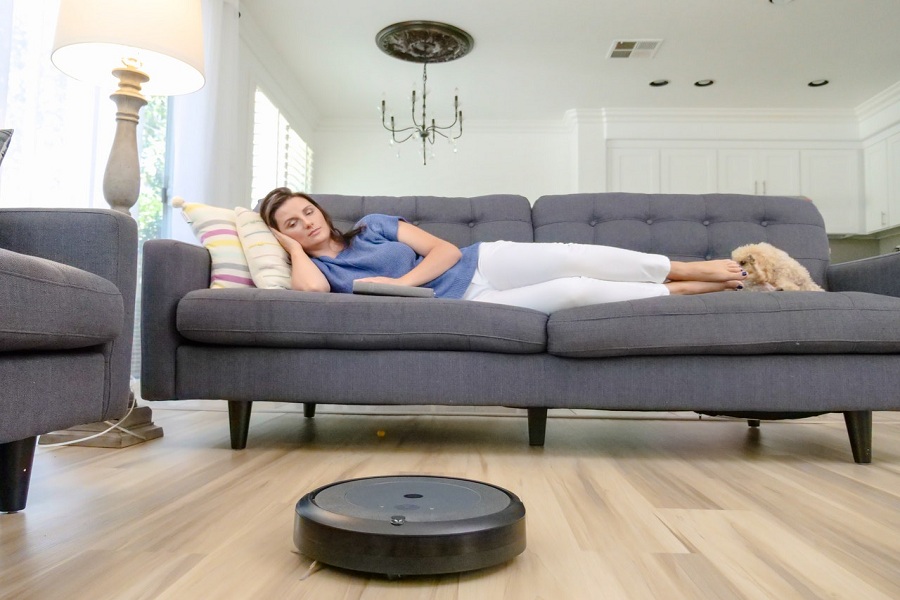Vacuum pumps operate under one basic principle. They function by pushing out air molecules as well as other gases from their vacuum chambers. This action lowers the pressure inside the chamber making it hard to remove any extra molecules. It is because of this that you will find a system with different classes of pumps, each working under different pressure and at varying locations.
There are various categories of vacuum pumps. These categories are based on these pumps’ pressure ranges. Thus, the pumps are classified into primary, booster, and secondary pumps. Still, each of these classes is further categorized into different types with each having unique technology and advantages. You must understand these categories and types to find the right one for your needs. Provac vacuum pumps online is one place where you can get not only quality pumps but also valuable knowledge regarding these pumps. Here is what you need to know when you want to select the right vacuum pump.
Pump’s Flow Rate
Pumping is the primary purpose of all vacuum pumps. Since you need to minimize the amount of energy consumed, you must check the flow rate of the pump that you wish to acquire. You should check the pump’s capability to generate the pumping speed as well as the mass flow rate. If the flow rate is high, then the draining time will be much lower and vice versa. Get one with a high flow rate to minimize the energy consumed when draining.
Consider the Lubrication
Vacuum pumps work well when they are lubricated properly. It is vital, therefore, that you understand how to lubricate your pump. Lubrication provides higher efficiency and resistance. There are, however, pumps that do not require lubrication but come at a higher price. Before buying, consider whether you need a pump that needs lubrication, or one that does not. If you happen to work in a laboratory environment, then you may need to go for a dry vacuum pump.
Check the Pumps Chemical Compatibility
Different vacuum pumps use different gases and chemicals. Some chemicals might not be compatible with some specific machines. Before you incorporate a particular vacuum pump into your system, ensure that you understand its chemical compatibility. You will be in a better position to diagnose any problems that may arise, or prevent them together.
Understand the Vacuum Pump’s Throughput
Throughput checks the pump’s speed. You multiply this speed with the gas pressure at the inlet. You get the number of molecules that will be pumped out per second at a particular pressure. If there is any leak within the system, you will identify it easily. You can also compare the leak throughput with that of the vacuum pump.
Consider Energy Consumption
Energy consumption is the highest cost of any vacuum pump over its lifespan. The initial cost of purchase takes just about 10%, maintenance takes about 30%, while energy consumption takes the lion’s share of about 50%. Other unforeseen expenses take the rest 10%. It is imperative; therefore that you consider a pump that has energy-saving features. It might seem expensive when buying the first time, but it will save you a considerable amount of money over the pump’s lifespan.
Consider Vacuum Dimensions
As stated earlier, you must understand your needs before committing a particular type of pump to your system. You need to know the vacuum level as well as the speed required for your needs. If you are not sure, you could end up buying a vacuum pump that exceeds your dimensions. In such a scenario, you will have incurred unnecessary costs and could have you spending more on maintenance and energy. If your situation requires changing processes, then get a pump that is flexible enough to fit in different scenarios or one you can control on a demand-driven basis. Such a pump should be in a position to maintain a particular vacuum level and also ensure consistent pumping speed.
Central or Decentralized Vacuum Supply
You can either install a central vacuum or have several pumps in different areas in your plant. Each approach has its advantages and disadvantages. A central pump gives you more control but might come at an added cost of installing pipelines and specialized controls. Multiple pumps are cheaper and smaller but could interfere with the normal functions especially when they fail independently. They also produce a lot of noise and can heat up quickly as compared to a central one. You need to get a specialist to study your plant and advise you accordingly.



































 Online casino
Online casino
